Homemade Recipes For Dry Eye Remedies
Although dry eyes is not usually a life-threatening condition, it can be irritating and may even affect daily life. Symptoms include feeling like something is in the eyes, redness, stinging, blurred vision, a dry sensation or scratching in the eyes, and pain. Dry eye occurs when the eyes are not lubricated properly and may become exacerbated in certain conditions such as in an air-conditioned room or on an airplane. Here are thirty-five home remedies to treat dry eye at home.
Lavender Oil
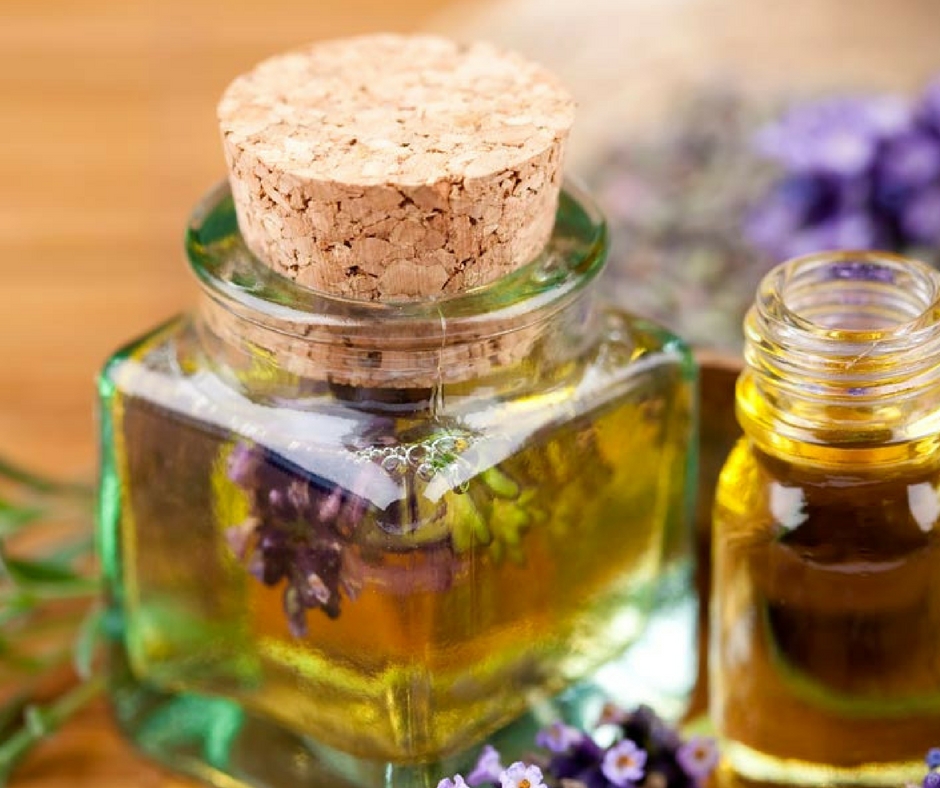
Lavender is a herb that is incredibly soothing, calming and cooling when applied topically. It has proven anti-stress benefits along with anti-inflammatory properties to support eye health. To use, prepare a bowl full of warm water and apply two to three drops of lavender essential oil into it. Mix well and soak two cotton balls in the mixture. Place the cotton balls on the eyes and let sit for ten minutes before rinsing off with warm water. Do not get any oil in the eyes.
Antioxidants

Antioxidants are naturally occurring compounds found in fruits and vegetables. Research shows they are extremely protective against eye diseases. Antioxidants may be able to reduce dry eye because they fight free radical toxins that may be accumulating in the eye. They also help rid toxins in the body caused by poor diet, aging, lack of exercise, chronic stress, smoking, medications, excessive alcohol intake, sun damage, and an unhealthy lifestyle. Cherries, blueberries, spinach, goji berries, and cranberries are all especially high in antioxidants.
Rose Water

Applying a rose water spray or mist to closed eyes may help reduce inflammation and provide an excellent source of vitamins to restore sore and dry eyes. To use, soak a few rose petals in water overnight and strain the mixture. Apply the water to the eyes using a cotton ball or a spray bottle. Soaking a washcloth in rose water and applying it to the eyes may also help reduce swelling and irritation. Diffusing rosehip seed oil into the air may also help.
Get Enough Sleep

Sleep is important because it is the time when the body recovers. A lack of sleep may cause dry eyes. Aim for seven to eight hours of continuous sleep every night. Start by developing a healthy bedtime routine, such as eating dinner, taking a hot bath, and reading a book. Turn off all electronics two hours before bedtime and try to get to bed at the same time every night. Waking up at the same time every day will also help develop a healthy sleep routine.
Warm Compress

Applying a warm compress to the eyes may help stimulate the production of tears by boosting circulation in the eyelids. It may also help clear up any blocked glands and soften hardened meibum to relieve dry eyes. Start by soaking a soft washcloth in warm water. Squeeze out the excess water and sit or lay down with the compress over the eyes for ten minutes. According to some research, the temperature of the water should be around 108 degrees Fahrenheit for the best results.
Vitamins

A good way to tell if someone is getting enough vitamins is by looking at their hair, eyes, and nails. Vitamins are needed to support basic metabolic processes, including proper tear production. They also help keep inflammation away and prevent the onset of diseases. Vitamins A, C, and E double as antioxidants and have been shown to be especially beneficial for eye health. They can be found in many plant-based foods such as pineapple, oranges, blueberries, nuts, asparagus, cabbage, and onions.
Do Not Strain Eyes With Low Light

Watching television or typing on a computer with little light puts a high amount of strain on the eyes, which may cause irritation and redness. Be sure all rooms of the house or workspace are well lit to avoid straining. Proper light helps images become clearer and also keeps the eyes from regulating too much. Light up dark work spaces by putting a lamp near the computer screen and wear eye glasses to help read small print. Limiting sunlight expose to the eyes may also help keep them lubricated.
Chilled Spoons

Applying a chilled spoon to dry and irritated eyes can provide instant relief. Store a few metal spoons in a refrigerator for several hours or put them in a glass of ice cold water before applying to the eyelid. Let them sit for a few minutes before using a new spoon to the other eye. This method should help treat tired, puffy eyes by opening constricted blood vessels. Applying a cold washcloth to eyes may also help.
Take A Break

Staring at the computer or a television screen for a long time may increase eye irritation and dryness. Be sure to take a break every hour or so to give the eyes a rest. Close the eyes and take a five-minute break whenever needed. It may also help to lie down or apply a warm washcloth over the eyes before going back to work or studying. Consider bringing in a small humidifier to keep the air moisture content high if it is not possible to take a break at work.
Omega Three Fatty Acids

Omega three fatty acids have proven anti-inflammatory properties that may help reduce dry eye, irritation, and redness. They may also help stimulate tear production. Omega three fatty acid supplements are available to take in pill, tablet or liquid form. Eating foods that are high in omega three fatty acids is a good way to include them in the diet. Aim for two to three servings of wild caught salmon a week. Other sources include walnuts, eggs, chia seeds and flaxseeds.
Zinc

Zinc is a trace mineral that is needed for many functions in the body. It is responsible for the stimulation of approximately one hundred enzymes, including the ones that coat the eye’s vascular area. Women are advised to eat eight milligrams of zinc per day while men should aim for eleven milligrams. Food sources of zinc include fish, mushrooms, sunflower seeds, legumes, and whole grains. Taking a zinc supplement may also help; however, zinc may interfere with iron absorption, and the two should not be taken together.
Be Cautious Of Surroundings
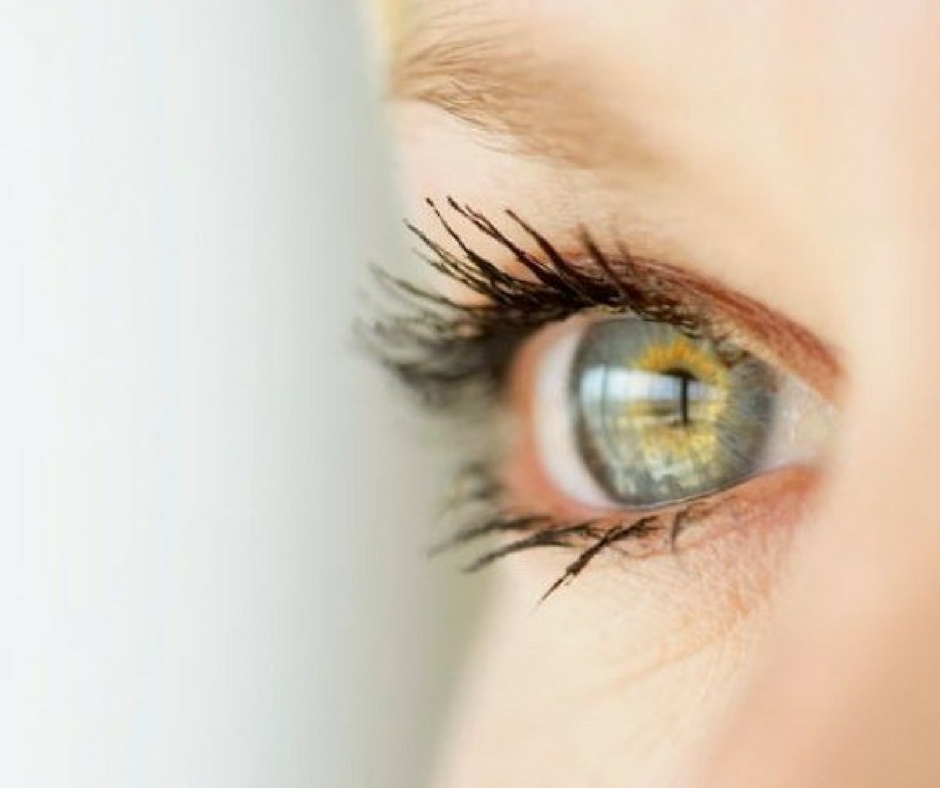
Environmental factors such as sunlight, allergens, and dust can all cause dry eye. While it is not always possible to change one’s environment, try to make some positive changes, such as keeping the quality of air inside the home clean and free of allergens. Wash clothes when coming in from outside during high pollen seasons and avoid smoking or being around smokers. Do not spend time outside if the weather is windy and use a humidifier to maintain moisture indoors.
Potatoes

Potatoes are high in nutrients such as vitamin C and carbohydrates to provide soothing relief to dry eyes. They also contain a cooling effect that provides hydration, reduces dark circles under the eyes, and alleviates discomfort. To use, grate a potato and place it on the affected eye before going to bed. Potato slices can also be used by applying them directly to the eye. Or boil a potato in a pot of water and soak a washcloth in the water. Apply the washcloth the eye.
Stay Hydrated

Dehydration may cause dry eye; therefore, it is important to drink lots of water throughout the day to stimulate proper tear production. A person’s water needs depend on their age, metabolic activities, gender, and physical condition. Be sure to hydrate before, during and after exercise to replenish lost fluids. Sipping on water throughout the day instead of coffee or other sources of caffeine is another good way to stay hydrated. Make sure the water is a good, clean source to avoid added chemicals that may cause eye irritation.
Do Not Forget To Blink

Frequent blinking is a free and easy thing to do to relieve dry eyes. Research shows that a lack of blinking may contribute to dry eyes. An average person blinks approximately twenty-two times per minute. Individuals who spend a lot of time in front of a computer screen may only blink less than seven times per minute, which increases redness and irritation. Staring at a particular object for a long period may require more blinking to spread fluid across the eyeball.
Potassium

Low levels of potassium have been linked to eye problems. It is of particular importance for proper tear film, which is responsible for the thickness of the corneal and maintaining adequate tear production. Eating foods that are high in potassium, such as avocado, bananas, almonds, pecans, raisins, dates and figs, may help boost levels. Taking a potassium supplement may also help. Make sure the supplement comes from a food-based source and does not contain any added chemicals that may cause further irritation.
Eyelid Cleaning
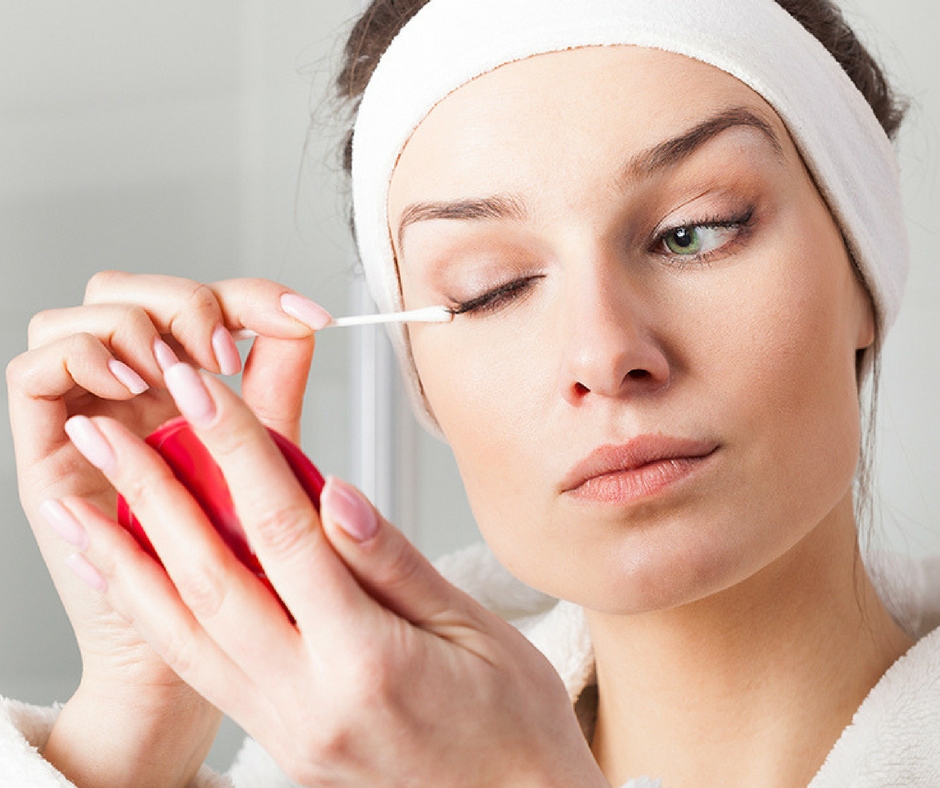
Keeping the eyelids clean may help reduce dry eye by unclogging glands that are responsible for tear production. People who are diagnosed with blepharitis may especially need to concentrate on eye cleaning to reduce inflammation. Use a mild, natural wash to clean the eyes and avoid harsh chemicals. Rub a small amount of chemical-free soap on finger tips and across closed eyelids. Rinse clean with warm water and pat dry. Avoid rubbing the eyes as this will increase irritation.
Aloe Vera
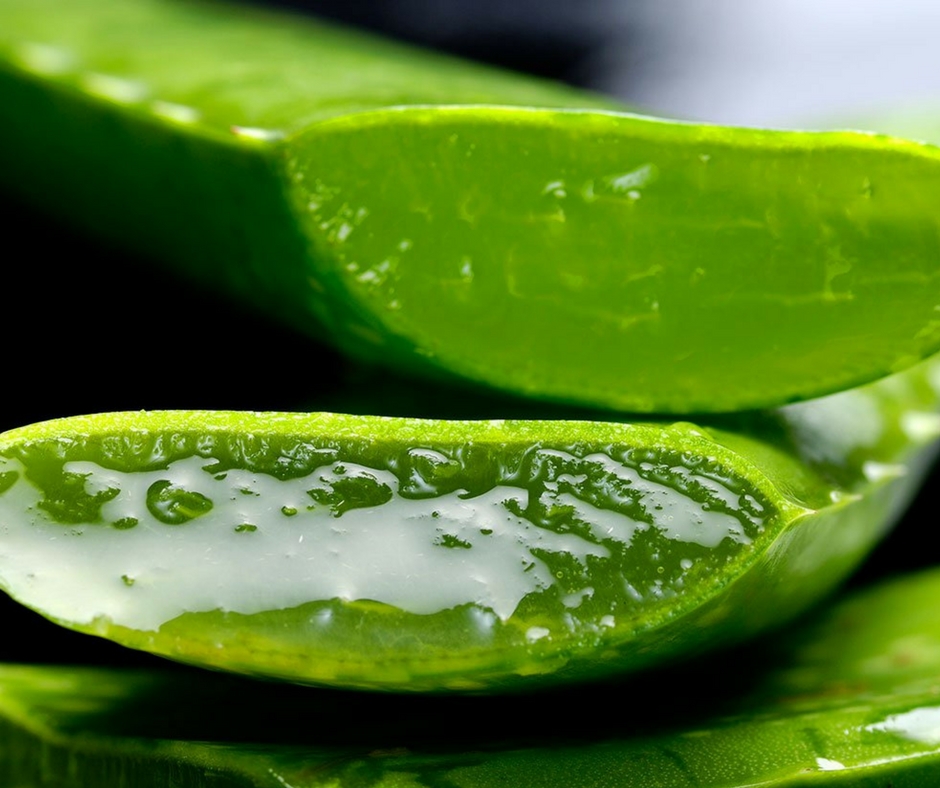
Aloe Vera has incredibly soothing properties to heal and hydrate dry eyes. It also contains anti-microbial, anti-inflammatory and antiseptic properties to treat any underlying conditions that prevent glands from secreting tears. To use, find a product that contains one hundred percent aloe vera and apply directly to the eyelids. Let the mixture sit for ten minutes and rinse off with warm water. Be careful not to get any gel inside the eyes as this may burn.
Castor Oil

Castor oil is not only hydrating; it has also been shown to boost circulation in the lymphatic system when used as a poultice. It has been used in Ayurvedic medicine for many years to prevent floaters cataracts and promote detoxification of the eye. Recent studies show that castor oil may also be able to treat dry eye caused by meibomian gland dysfunction. To use, apply two drops of castor oil to both eyes each night before bed.
Almond Oil With Castor Oil

Adding almond oil to castor oil may increase the nutrient content of the mixture. Almond oil contains a good source of vitamin E, which acts as an antioxidant in the body to reduce inflammation, fight free radicals and boost the immune system. It is also a good source of hydrating monounsaturated fatty acids. To make, combine a half-teaspoon of almond oil with one half of a teaspoon of castor oil and apply the mixture under the eye before going to bed. It can also be applied directly to the eyelid.
Coriander Juice
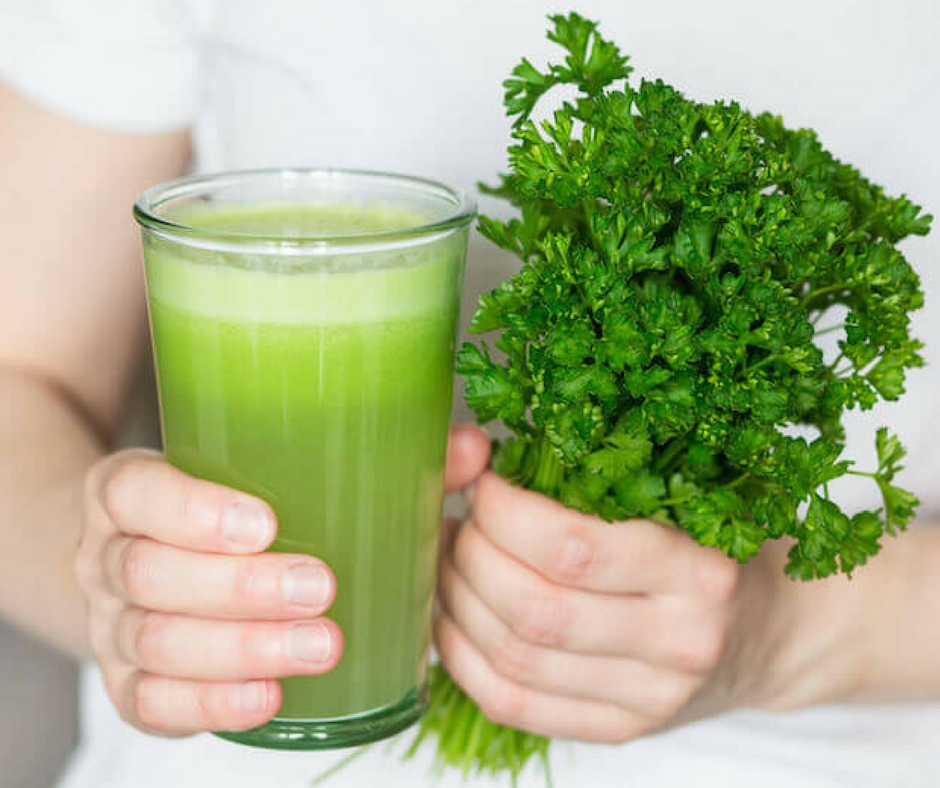
Coriander is a herb that contains high levels of vitamins A and C, phosphorus, beta-carotene, and six different acids that have been shown to provide relief to dry eyes. Applying it to the eyes may help restore hydration. To make, grind several coriander leaves and extract the juice from them. Pour the liquid into a dropper and add two drops to each eye at night before bed. It may also help to apply the drops first thing in the morning.
Tamarind Seeds
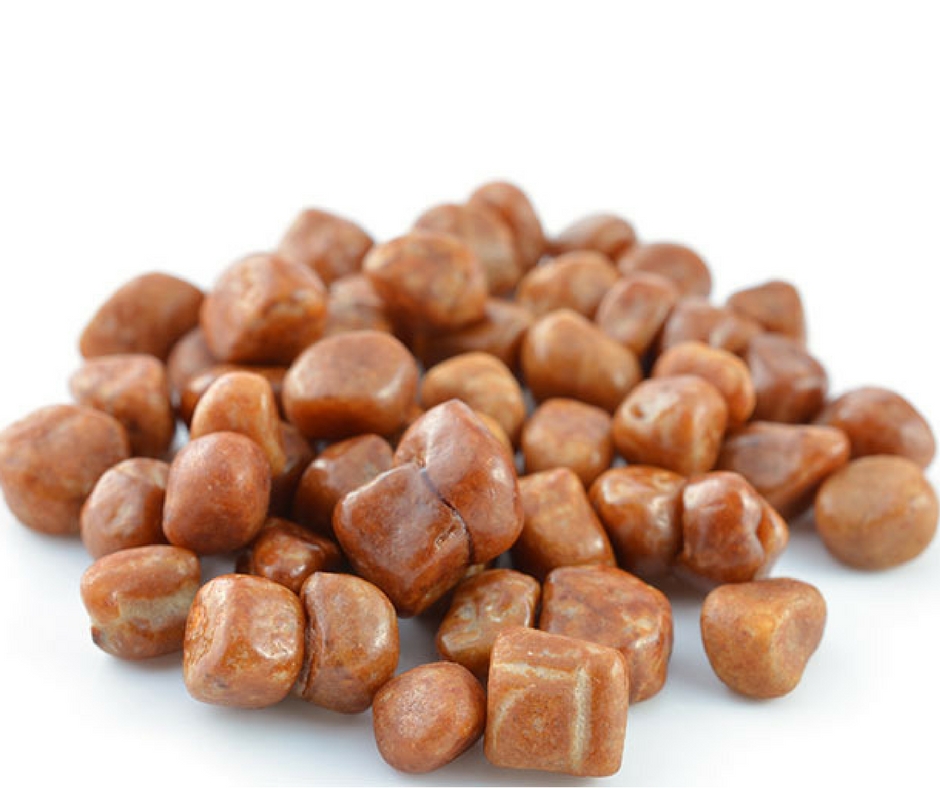
Tamarind seeds come from the Tamarindus Indica fruit that grows in Indian and is used in many Indian foods. They can also be used to treat dry eye because they are high in many beneficial nutrients such as magnesium, vitamin C, calcium, amino acids, potassium, and phosphorus. To use, add some tamarind seeds to warm water and allow to soak for ten minutes. Strain the seeds and apply the water to eyelids with a cotton ball. Wash off with warm water.
Green Tea

Green tea has amazing antioxidants and anti-inflammatory properties that are useful for treating dry eye. In addition to drinking two to three cups per day, also consider applying green tea bags to the eyes for relief. To use, steep two green tea bags in boiling water for ten minutes. Take the bags out and allow to cool until they can be placed directly on closed eyes. Lie down with the green tea bags on the eyes for ten minutes. Rinse with warm water and pat dry.
Lemon Juice, Tomato, Turmeric Powder And Orange Lentil
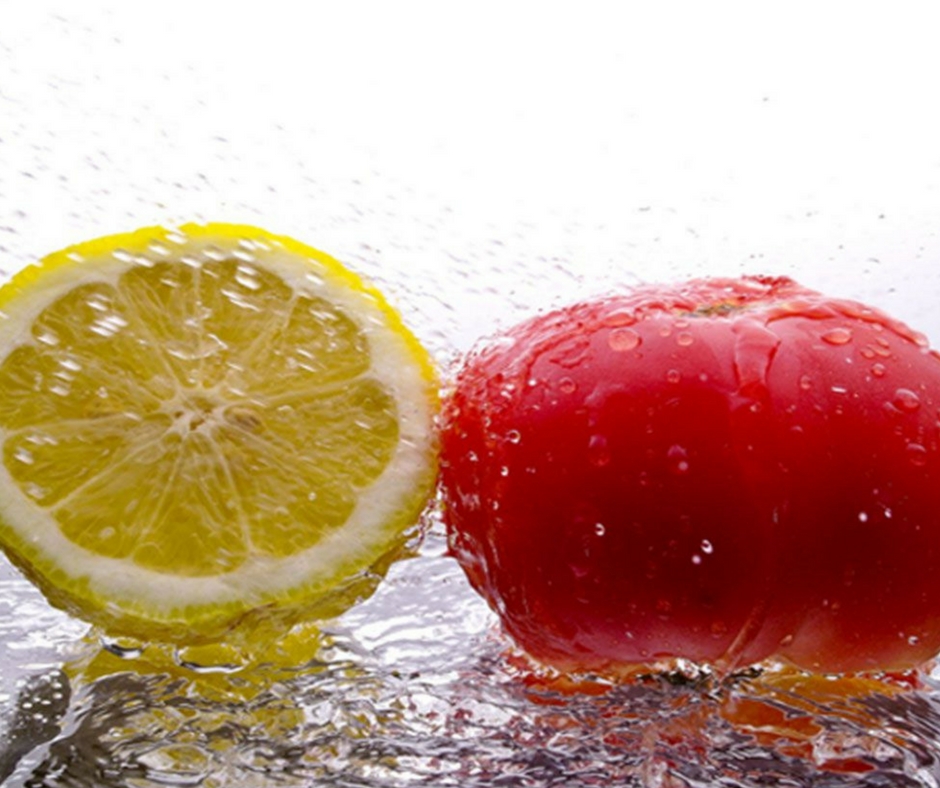
Instead of using harsh chemical-laden dry eye treatments, try making this concoction of lemon juice, tomato, turmeric powder and orange lentil at home. It is full of antioxidants and anti-inflammatory properties to assist in eye health and gland secretion. It is also a great source of potassium to get rid of eye circles. To make, combine two drops of lemon juice with turmeric powder, some orange lentil flour, and crushed tomato puree. Apply on the eyelids and let sit for ten minutes before rinsing off.
Goldenseal

Goldenseal is a herb that has proven anti-inflammatory and antiviral properties to help relieve irritating eye conditions. It has also been shown to reduce allergies, detoxify the body, and heal the skin. Goldenseal supplements are available to take via pill or tea form; however, applying the herb directly to the eyelid can help. To use, steep two teaspoons of goldenseal in boiling water for ten minutes. Strain the mixture and dip a clean cloth or two cotton balls in the water. Apply directly to the eyes.
Apple Cider Vinegar
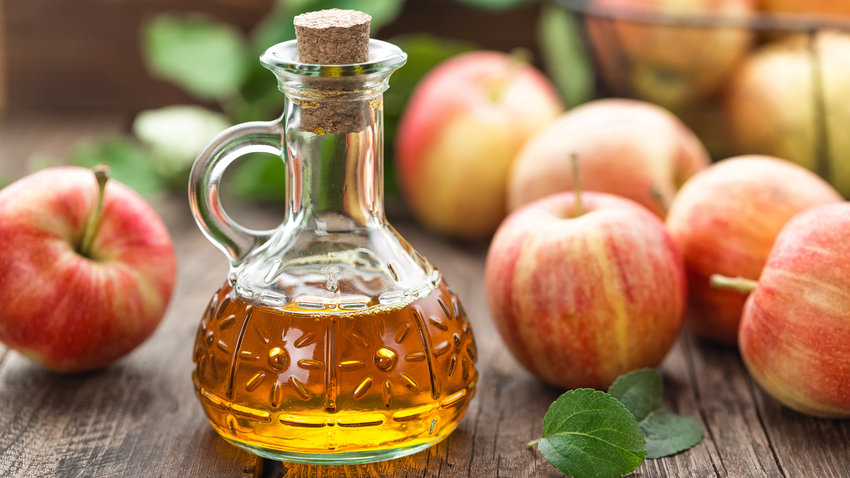
Raw, unfiltered apple cider vinegar contains malic acid, which has anti-bacterial and anti-inflammatory properties. Many people add two teaspoons to a warm glass of water and drink daily to keep infections and disease away. It can also be used topically to provide eye relief. Combine a cup of water and one tablespoon of organic apple cider vinegar. Dip two cotton balls in the mixture and apply to the eyelid. Wash off with warm water after ten minutes.
Cold Milk

Some research shows that applying cold milk to the eyes can help reduce dryness and irritation. The cold temperature of the milk will contribute to relieving swelling while its high nutrient content should provide relief. To use, soak two cotton balls in a cup of cold milk. Add some rose water if possible for added nutrients. Apply the cotton balls to the eyes and let sit for ten minutes. Rinse the eyelids with warm water and pat dry.
Warm Water And Baking Soda
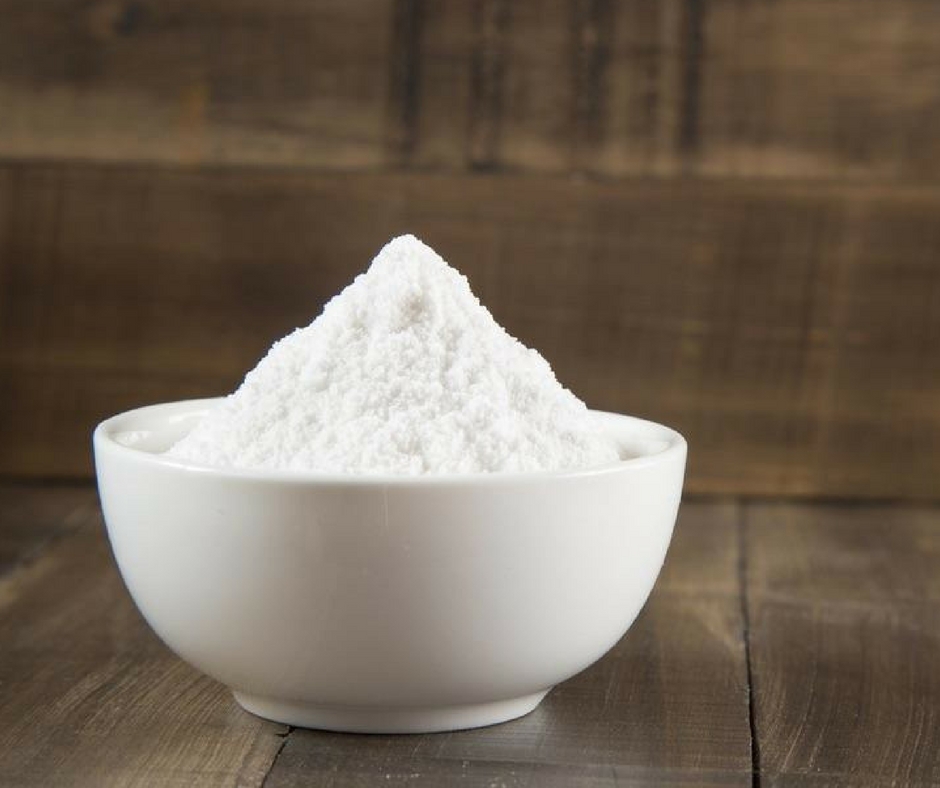
Baking soda is an alkaline powder that can be used to restore the pH level of dry eyes that may be irritated due to harsh conditions, infection or disease. It has been used to neutralize acids, fight disease, restore alkalinity, reduce inflammation and kill germs. To make, combine a half-cup of water with a quarter-teaspoon of baking soda. Mix well and use the mixture as an eye wash or soak a washcloth in the mixture and apply directly to the eyes.
Almond Milk, Turmeric, Honey, Cinnamon And Cloves
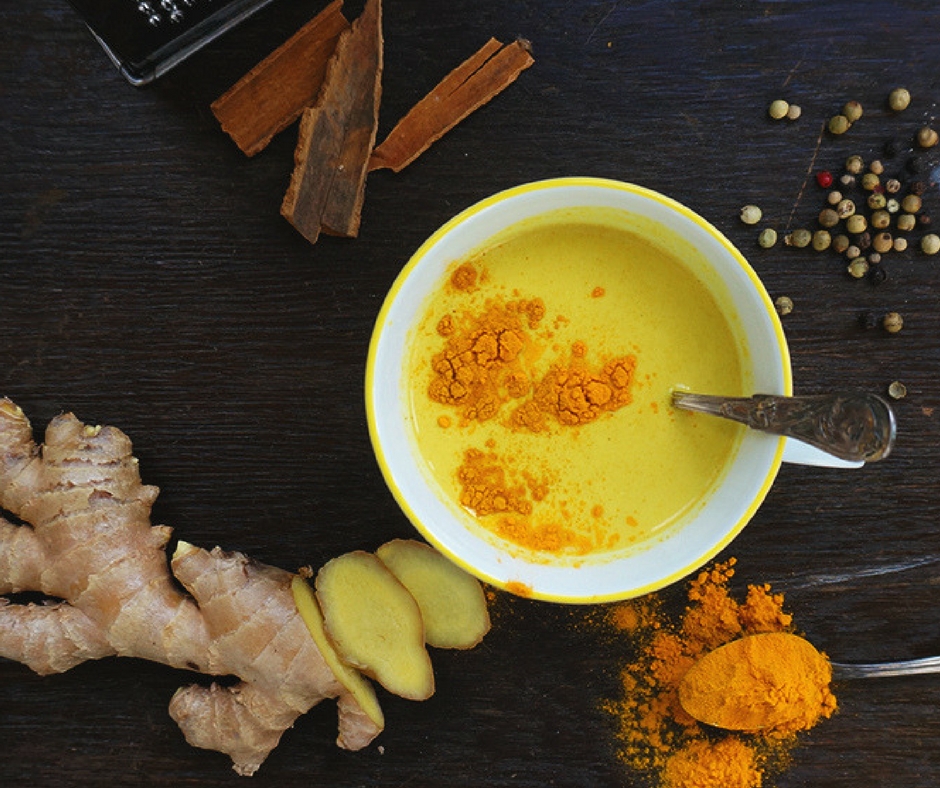
People with dry eyes may benefit from applying a combination of almond milk, turmeric, honey, cloves and cinnamon to their eyes. These ingredients contain alkaline properties that are anti-inflammatory, anti-microbial, anti-mutagenic, anti-bacterial, and boost circulation. To make, combine one-eighthof a tablespoon of cloves with one tablespoon turmeric powder, one teaspoon honey, one-half tablespoon of cinnamon and enough almond milk to cover. Warm the mixture and apply to eyelids with a washcloth. Let the mixture sit for ten minutes before washing off.
Mint
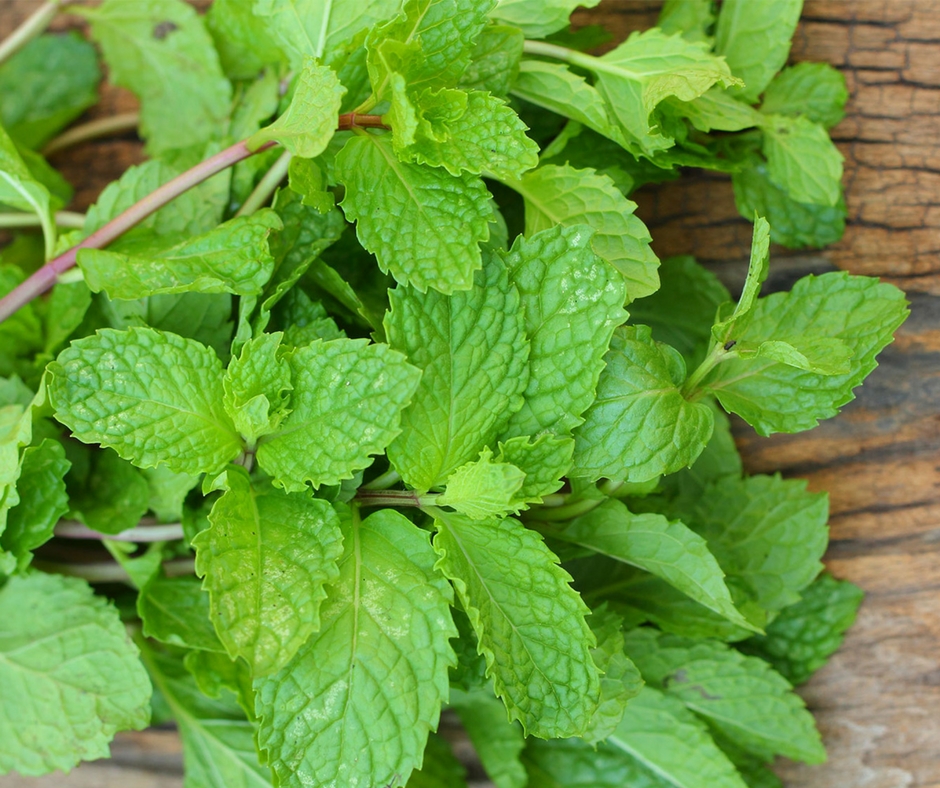
Mint has excellent cooling and healing effects that are usually effective immediately. Its active ingredient is menthol, which can be used to help stimulate tear production. It will also leave the eyes feeling refreshed and energized. To use, clean ten to twelve mint leaves and boil them in water. Let cool for twenty minutes and remove the leaves. Soak a washcloth in the warm water and apply directly to the eyes. Let the washcloth sit for ten minutes before rinsing off.
Chamomile Tea
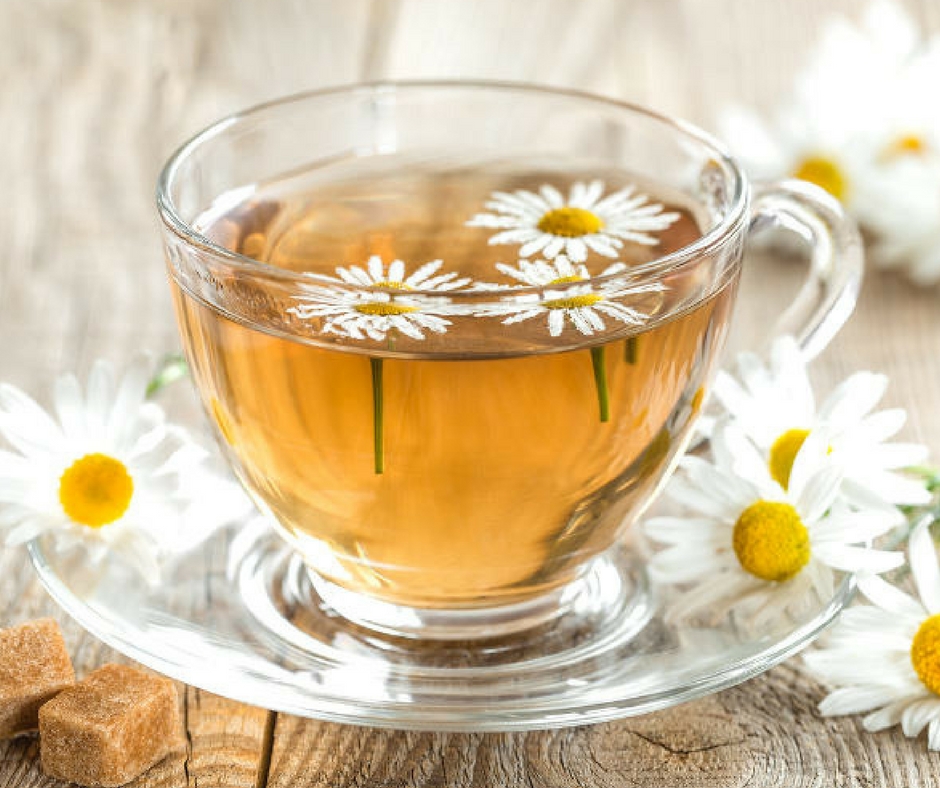
Chamomile tea contains an active ingredient known as bisabolol that is full of calming, anti-microbial, anti-inflammatory and healing properties that can be used to treat dry eyes. Chamomile tea is caffeine-free, meaning it will not cause dehydration and can be sipped on throughout the day. It can also be applied directly to the eye. Start by preparing a cup of chamomile tea. Soaking a cotton ball in the mixture or applying the tea bag directly to each eye should provide instant relief.
Honey And Gooseberry Juice

Raw honey contains anti-bacterial, anti-inflammatory and anti-microbial properties that may help heal eye conditions. Plus, it is incredibly soothing and cooling when applied topically. Gooseberry juice is full of antioxidants that reduce inflammation and boost the immune system to fight off infections. To make, extract the juice from a gooseberry and add a teaspoon of honey to the mixture. Drink the mixture several times a day or apply it topically with a cotton ball. Be sure to rinse off after ten minutes with warm water.
Cucumber
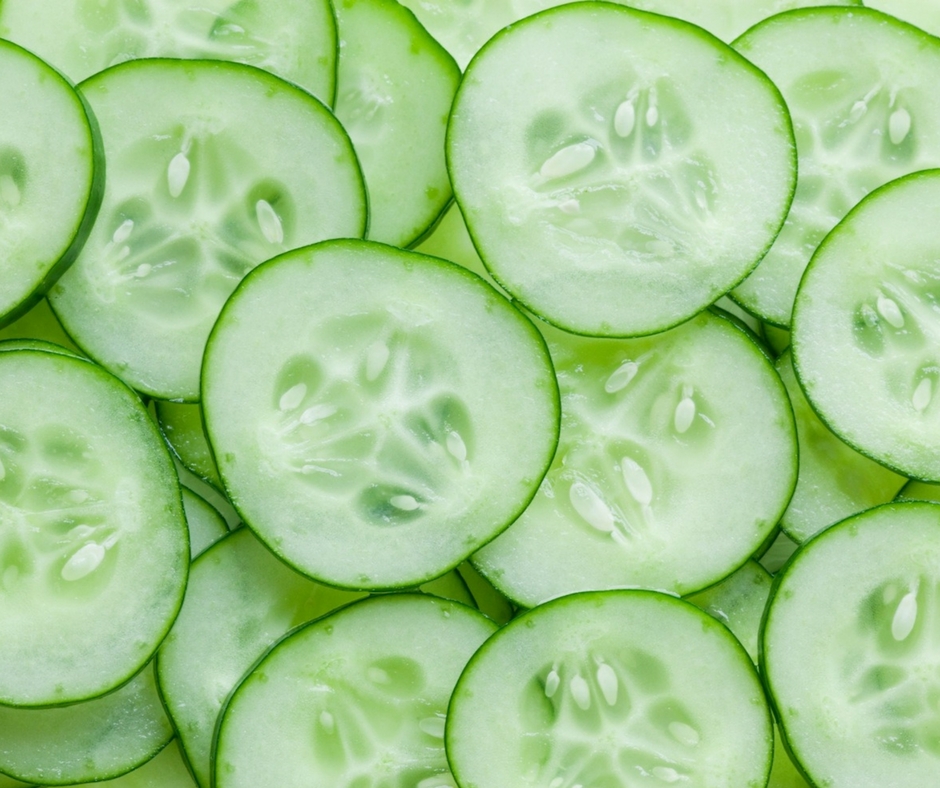
Cucumbers are made of approximately ninety-five percent water; therefore, they are extremely useful for dry eyes due to their excellent rehydration abilities. Cucumber can be used to flush toxins out of the eye, cool any burning sensations, and reduce puffiness and redness. Chill a few cucumbers in the refrigerator to enhance the soothing properties. Slice two cucumber pieces and apply directly to the eyes for at least twenty minutes. Drinking cucumber water will also help hydrate the eyes from the inside out.
Cold Compress
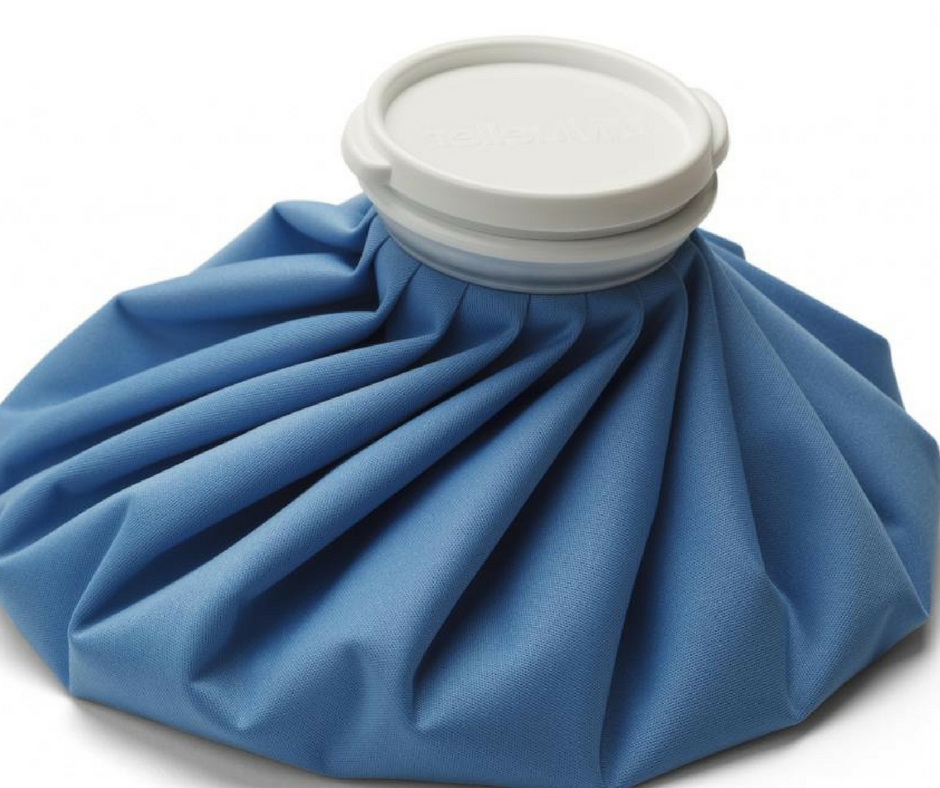
Cold temperatures provide relief and instant hydration to dry eyes by restricting blood flow to the eyelids and reducing redness. To use, soak a washcloth in cold water and lay across the eyes. Relax for ten minutes and allow the cold compress to hydrate the eyes. Adding a few drops of healing eucalyptus or oregano oil to the water or washcloth may also provide additional cooling benefits. If using oils, be sure to rinse off after using the cold compress.
Warm Milk And Honey
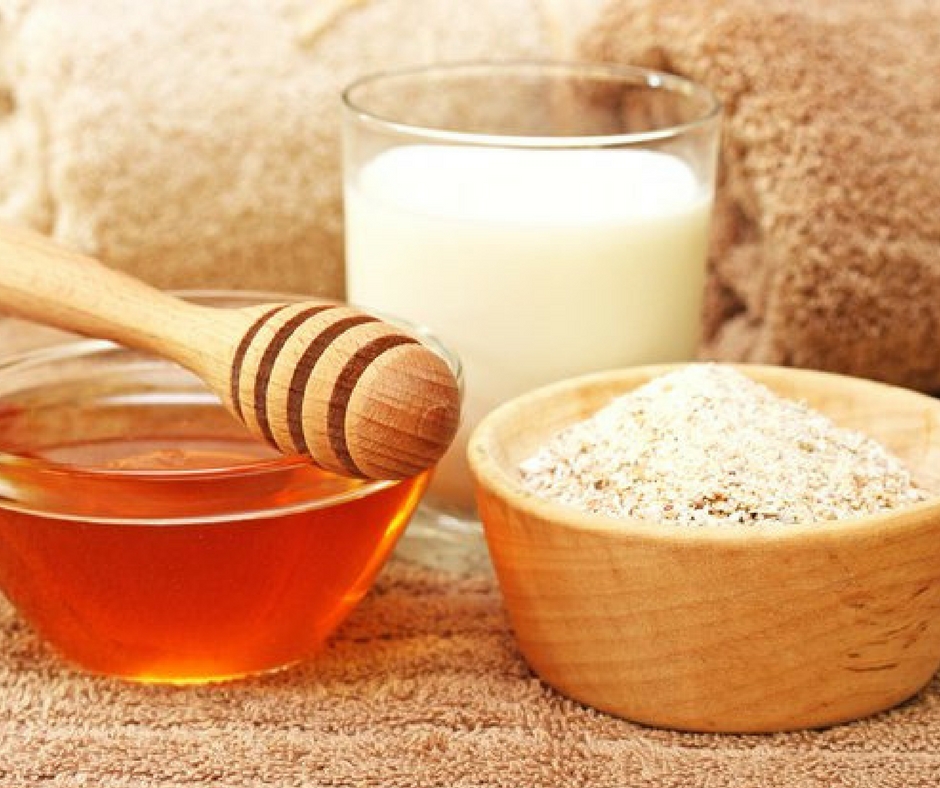
Raw honey contains enzymes that may be able to provide relief to dry eyes. It also contains anti-inflammatory and anti-bacterial properties to reduce eye disturbances. Milk is full of nutrients, including carbohydrates and protein that may be able to nourish irritated eyes. Combining equal parts of raw honey with warm milk may provide relief when applied topically to the eyes with a dropper. Sipping on raw honey and milk in a warm herbal tea may also help.
